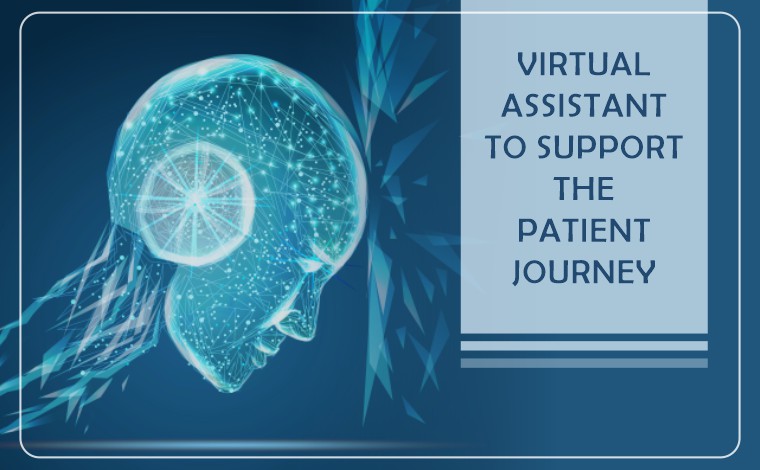


The Healthcare industry is set to elevate Patient engagement by incorporating Intelligent Virtual Assistants (IVA) or Medical Virtual Assistants (MVA). Enhancing patient engagement is a key strategy for achieving better health outcomes and improved patient care while reducing costs. Medical Virtual Assistants (MVA) help healthcare organizations collect demographic information, insurance details, patient health history, financial information, procurement data, and perform processing and analysis of all these records.
Additionally, Medical Virtual Assistants (MVA) enable healthcare organizations to reallocate their IT and human resources in order to manage rising health IT costs effectively. As a result, these organizations can enhance the quality of healthcare, improve patient satisfaction, and achieve better patient outcomes with the same or even fewer employees.
Research indicates that boosting patient engagement and enhancing self-management skills for chronic diseases can greatly reduce inefficiencies in healthcare. Virtual Assistants empower patients by providing web and mobile tools that help them meet their health goals more effectively. Numerous healthcare organizations are integrating intelligent Virtual Assistants as a core technology to enhance the consumer experience, streamline operations, drive mobile engagement, and improve participation in wellness programs.
Many physicians recognize the vital role that chatbots play in alleviating clinician workloads while providing support and training. The significant contributions of Virtual Agents have propelled Digital Healthcare to new levels of success.
Virtual Assistants are increasingly utilized to monitor patients both before and after treatment. By sending text and voicemail confirmations for previous appointments, Virtual Agents help minimize cancellations and reduce outstanding bills. With the advent of Voice over Internet Protocol (VoIP) in clinical settings, healthcare organizations are leveraging Medical Virtual Assistants, thanks to the growing popularity of Artificial Intelligence, Deep Learning, Natural Language Processing, and Speech Recognition technologies in smartphones.
Healthcare providers are encouraging patients to leverage their smart devices to track fitness goals, process payments, and manage various daily activities. Numerous mHealth applications promote the use of mobile devices for tasks such as ordering medication refills, confirming appointments, tracking health metrics, and completing forms prior to appointments.
Fitness devices allow patients to monitor health parameters such as vital signs and blood pressure, which can be uploaded to accessible portals through Virtual Assistants. The growth of Patient Health portals is steadily increasing. Ideally, these online portals equipped with Virtual Assistants serve as a single point for patients to confirm appointments, fill out medical and social history forms, update health records, view lab results, and remit any outstanding payments using Voice and Text Recognition technologies.
Virtual Assistant technology holds significant promise for collecting patient information via an integrated VoIP system. Although it exists in various formats, the health IT infrastructure must ensure data security and the integrity of collected information. Medical Virtual Assistants can engage with patients and digitally gather their data. The information is repeatedly verified in real-time using cloud technologies and IoT-connected devices. Therefore, when a patient interacts with the Virtual Assistant, queries directed to a medical hub are checked against previously stored data in the facility’s database. Once verified, this information is processed and integrated into the Electronic Health Records system without relying on paper records. For many in the aging population, verbal communication and visual interaction can be more effective than traditional calls or texts. Medical Virtual Assistants are accessible through websites, smartphones, tablets, and PCs, capable of recognizing returning patients and recalling recent interactions.